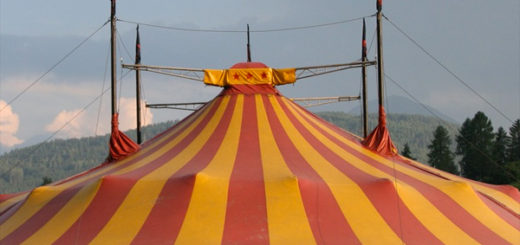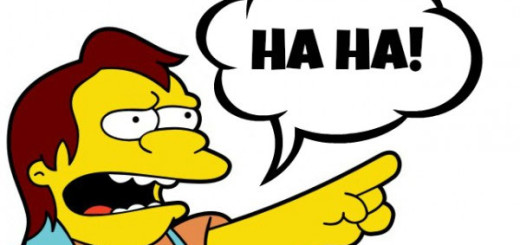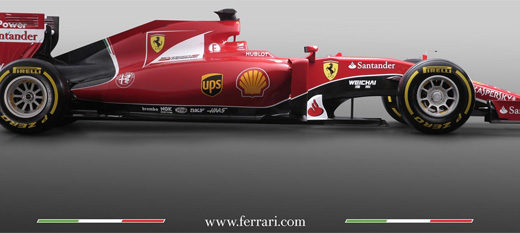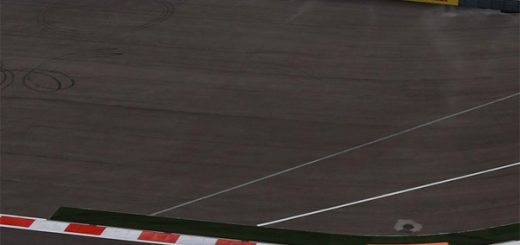Binged 22 Seasons Of Top Gear
This has been perhaps my biggest binge watch project to date. I have, over the last couple of months, watched my way through 206 episodes of Top Gear. There are more than that, but fans of the show will know why I stopped at 206. Well, I lie, I watch about a minute of episode 209, and knew I was correct to have stopped. The show (for reasons I will explain later) is the reason, cause, and catalyst for Amazon’s immensely popular The Grand Tour. How we get there is the reason why I binged.
For those who don’t know, Top Gear is a BBC2 car show, actually initially know as Top Gear Xtra as it was a re-boot of a previous series called Top Gear that sort of failed. Jeremy Clarkson was on that original Top Gear, and he felt strongly enough about the concept to pitch a revamp of the show and Top Gear as we knew it was invented. The initial format was a combination of car review, car lover stories, and consumer advice in about equal parts. While most of that remained over 22 seasons, the mix was refined quite a bit and an impressive target market was reached.
For fans of the later seasons of the show may find season one a bit off. First off, there is a guy called Jason Dawe along side Jeremy Clarkson and newcomer to the show Richard Hammond. Dawe was the consumer protection sort of a guy, a car dealer by trade, a fast talker, and quite entertaining. But even within the first few shows, you can see that his dealer who is your friend shtick just didn’t seem to gel all that well with the other two. In fact, I would say that the first season as a whole is a sort of wash, very generic in it’s approach, and the more wild super car segments couched fairly carefully between more consumer friendly stuff. Episode 1 opens with two family friendly hatchbacks, and that’s pretty much set the tone of the season. However, the one thing that stuck like glue for 22 years (and a few different cars) was the idea of a “star in a reasonably priced car”. While it was never confirmed, this was a way for Top Gear to make nice with the rest of the BBC and entertainment communities by giving stars the chance to push their latest film or what have you while taking part in the lap time contest. This ran for the entire 22 seasons of the show.
There was also a number of more absurd challenges in season one, generally hosted by Richard Hammond. From “How fast do you have to drive to be undetected by a speed camera?” to “How much faster will a car go if you strip it to save weight?”, these segments brought a bit of humor to what could otherwise have been a fairly staid consumer oriented car show.
Season two of Top Gear was much better. Dawe disappeared and was replaced by a rather bizarre fellow named James May, who while an automotive journalist, didn’t seem to much like fast cars. His arrival quietly but firmly signaled the arrival of a much more light hearted and playful Top Gear, with the three hosts interacting more and generally getting along much better. However, the show doesn’t really hit it’s stride for real until season three, with the infamous How Tough is a Toyota Hilux test that went through a number of shows and results in a heavily damaged by still operable pickup that had been in the sea, off a cliff, and even blown up as part of a high rise building demolition. The humor and the effort put into this process exposed the true calling of Top Gear, which was to love cars to death if need be.
However, for the next few seasons, it was mostly Jeremy Clarkson who was the star of most of the challenges. Over time, however, all three finally came together for challenges and then serious road trips that changed the very nature of the show once again. It became as much a grand adventure as anything else, with the trio going further and further afield to film their segments. Races between various forms of non-automotive transport and cars over great distances became a part of nearly every season, as did the grand “full episode” adventures across places like India, Africa, and South America.
What is amazing for all of this is that, over time, the show developed all of it’s own running gags like “Good News! The Dacia Sandero will soon be released!” or “they call him the Stig”. Name calling, ribbing, and down right pranking are all part of the game, and over time, the show really got into a sort of groove that was both comfortable and perhaps part of the recipe for it’s ultimate demise.
The wheels sort of started to come off as Clarkson himself became a little too sure of himself and gained a level of arrogance that was notable. The show repeatedly gave the BBC head office the proverbial finger, shunning their “consumer car show” mission for another smokey sideways lap with a 600HP super car. Some of the road trips bordered on self destructive (such as painting hate baiting slogans on each others cars as they drove through the backwoods of the US, which lead to a significant confrontation with some upset locals. Clarkson was caught (in an unused take) using the N word, for which he profusely apologized. The Burma road trip special also brought on charges of racism, and the BBC decided that broadcast standards had been violated and Clarkson was issued a final warning.
The bug hit the windshield in season 22. The season started with a road trip through Argentina. Clarkson’s car, a Porsche, have the number plate H982 FKL, which was apparently taken as a poke at Argeninians, who has lost the Falklands Wars to the UK in 1982. Before the trip was anywhere near completed, the crew and hosts had to escape out of the country fording a river, after having been attacked by locals and the convoy hit with rocks, sticks, and other items. There was literally an angry mob waiting to jump them in the next town, so they went overland to escape to Chile. It is said that the number plate was not intentional, but many believe Clarkson though he could get one over on them, and it backfired in a dangerous way. They skated on that one, but it didn’t take long for things to go off. The BBC suspended Clarkson on 10 March, pending an investigation into allegations that he had verbally and physically abused Top Gear producer Oisin Tymon in a hotel after filming a segment for the series. Shortly thereafter, it was announced that his contract would not be renewed and he was persona non-grata at the BBC.
The Top Gear express crashed heavily into the wall, and there was no coming back from it. Hammond and May hosted one more show, where two films already in the car were used to fill the hour. At the end of the show, rather than saying “goodnight”, they said “goodbye”. Their contracts were due to expire and, without Clarkson on board, they declined to return to the show for the next season.
This brings me to the infamous episode 209. BBC is, if nothing else, one of the most spiteful organizations in the world, and often one of the silliest. They decided that Top Gear should go on, and hired Chris Evans as the main host, with Friends start Matt LeBlanc as his co-host. Others, including Former F1 Team owner Eddie Jordan were occassional walk on presenters.
Having just gotten through 22 enormously fun, entertaining, and nearly personal seasons, episode 209 was crap. Evans is way to perky and happy, the studio was overdone, and the whole “see, Top Gear is what you were watching, not the hosts” attitude went over like a lead balloon. I couldn’t watch it, and I guess I was right: Evans lasted a six episodes and took the door, perhaps intelligent enough to realize that he was in way over his head. I took the door after less than 10 minutes, I realized that this wasn’t the Top Gear I was interested in and I don’t think I have missed anything.
Like the proverbial Phoenix from the ashes, the spirit of the 22 years of Top Gear lives on. Amazon wanted to bring some attention to it’s relatively new streaming media service, and the timing was perfect: They snatched up the trio plus their main producer Andy Wilman, and The Grand Tour was born. I have reviewed the show, and pointed out that The Grand Tour absolutely killed Top Gear version 2. It’s become one of the most popular car shows in the world, and has helped to propel Amazon’s streaming service forward.
What the Grand Tour proved, more than anything, is that good TV isn’t just the format, it’s the people, the interaction between them. These three guys actually don’t get along in many ways, and that underlying antagonism makes for plenty of laughs and a variety of opinions on every subject. The Orangutan, the Hamster, and Captain Slow have proven that it’s people that make the magic, not the box they are in.
The Grand Tour season 2 is currently running on Amazon’s Prime service now. Click here and enjoy!









